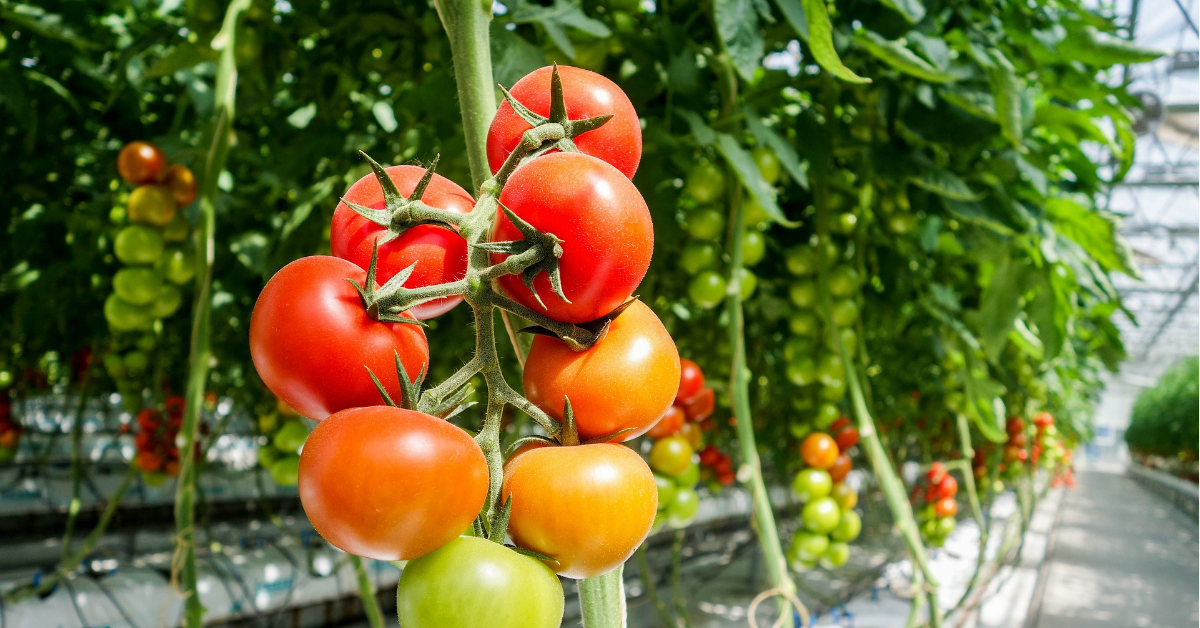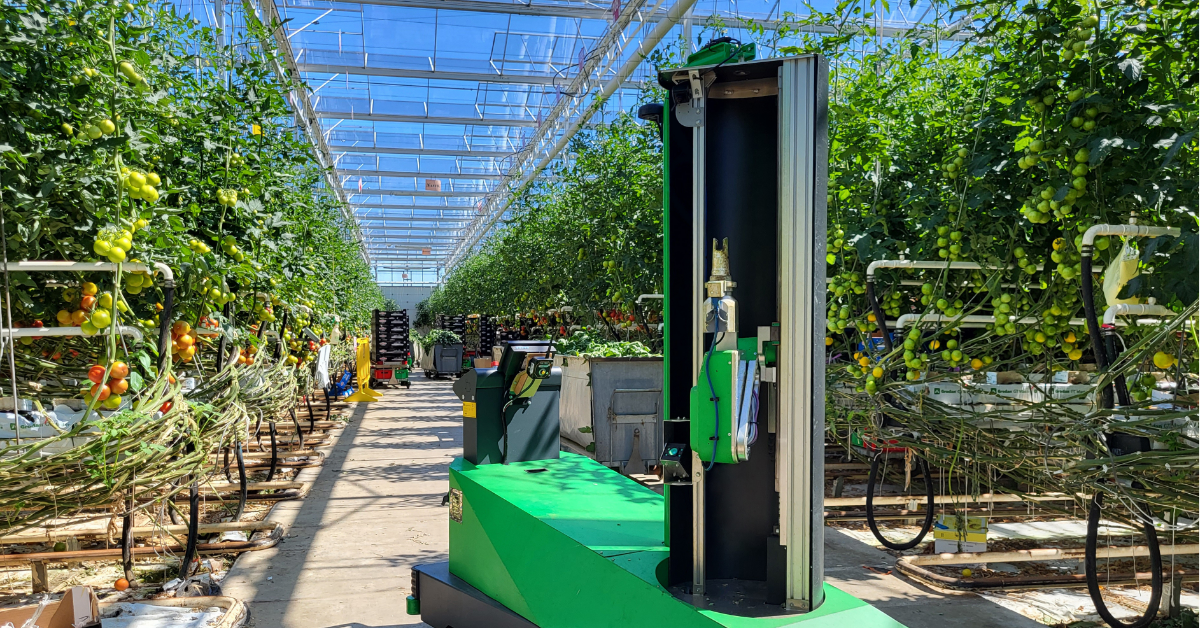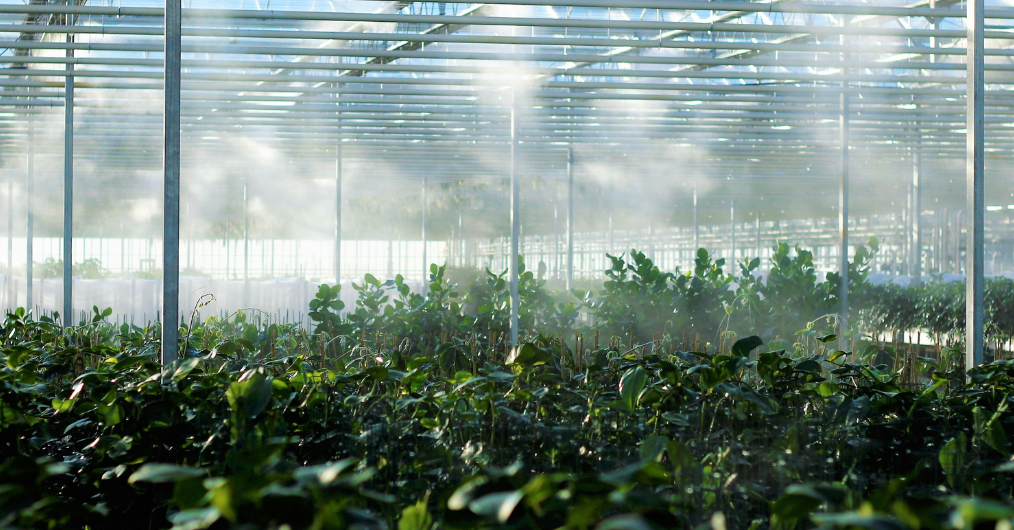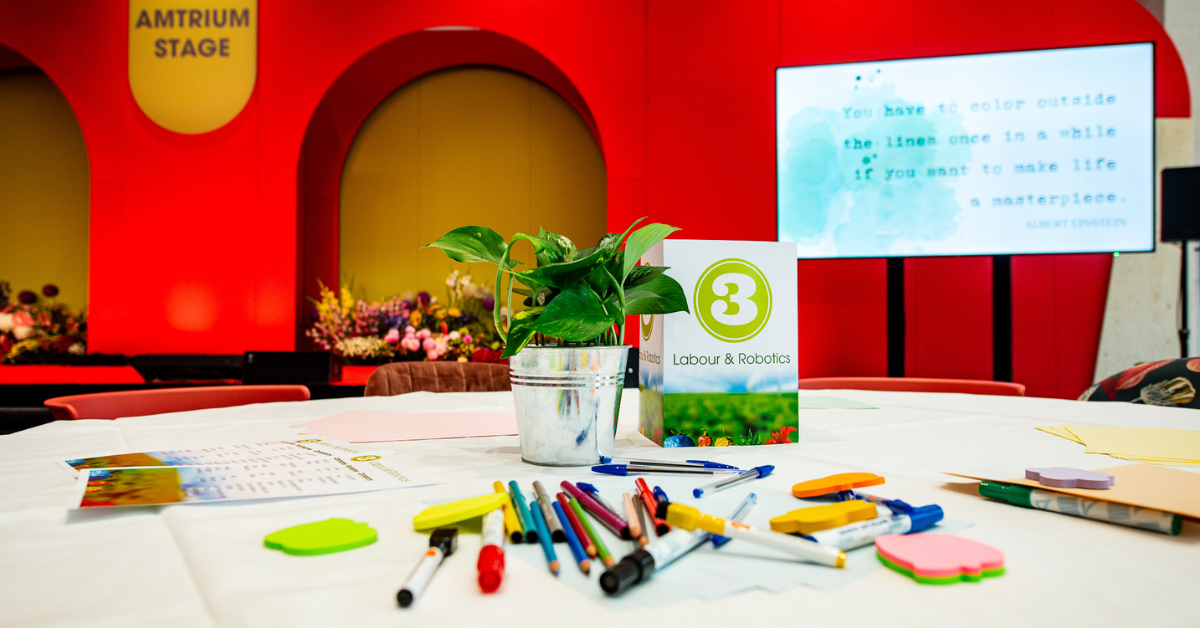Endless opportunities for ornamentals in Mexico
'Passion' embodies our unlimited commitment to crops, people, and technology, driving innovation across the horticulture sector. Building on the enduring importance of personal touch, GreenTech is excited to strengthen connections and unveil new initiatives designed to inspire growth and collaboration within the industry. In a series of articles, the passion within horticulture worldwide will be highlighted from different angles. This time we focus on the ornamental plant production in Mexico.
Over the past 15 years, the ornamental plant production industry in Mexico has seen tremendous growth, approximately 45%. Currently, Mexico is the 3rd largest producer of ornamental plants worldwide, and this industry has an annual growth rate of 3%.
Mostly low tech
In a study published by the Embassy of the Netherlands in Mexico, it was revealed that there are more than 23,000 hectares dedicated to this activity, and of these, 8,000 have some type of production structure in a controlled environment. Mostly low tech: 13,000 hectares are used full-time for production and 10,000 hectares are used by micro producers. The value of production was estimated in 2023 at approximately €1,521 million.
A high percentage of producers grow more than one crop. In the cut flowers segment, the market is dominated by rose production, with a share of almost 50% of the producers, followed by chrysanthemums 41% and gypsophila 23%. The production of ornamental plants is dominated by 3 species: poinsettia with a share of 17%, followed by marigolds 16% and geraniums 15%.
Advantage of all the potential
According to Bas Pellenaars, commercial director of Dümmen Orange, there is a lot of illegal propagation in Mexico, because many varieties are not properly registered. This implied a risk for them when deciding to enter Mexico and hire local personnel who know the market. Then his team reached a point where they asked themselves: “What are we going to do with Mexico? Are we happy with what we have and we are not going to take advantage of all the potential that exists? Even with the risks that this implies.” The decision was to bet on Mexico and take advantage of the opportunity offered by this giant producer and its proximity to the United States.
Dümmen Orange has several models for working with producers. One is to simply supply the plant material to the producer for production, such as carnations and gerberas. But there is another model that is very common in Latin America that is based on granting a license to the producer to produce their own cuttings needed for production. This scheme is common in Latin America since each country has different restrictions on the importation of these materials. Now in Mexico they also work with distributors, they have the mother plants to produce cuttings and sell them to smaller producers.
According to Pellenaars, the export opportunity has not been fully exploited because Mexico has a very large domestic consumer market, which is not the case with Colombia and Ecuador, which are the main suppliers of cut flowers to the United States. For this reason, it is not essential for a grower in Mexico to export, when the purchase price in Mexico is often comparable to the purchase price in the United States, and without having all the administrative costs of exporting.
Technology to solve problems
Betina Batista von Knoop is sales manager for Dümmen Orange in Mexico. When it comes to cut flowers, the strength of the company in Mexico is roses, chrysanthemums, and gerberas. They have made large investments in hybridization and have great potential to produce new varieties of their products. In ornamental plants, their strength is the poinsettia with its Prestige variety, which has been dominating the market in Mexico for several years, followed by kalanchoes and carnations and potted chrysanthemums.
Although most producers in Mexico consider it unnecessary to invest in technology, several factors have emerged that are driving the interest of producers, says Batista von Knoop. “One is that the purchase price of cut flowers in the United States has dropped significantly, given the efficiencies in transportation and post-harvest handling in South American countries. Mexico must identify where it can have representation in that market thanks to its proximity. And another very important point is the shortage of labor. If there is technology available, adapted to the Latin American market, at a cost that is profitable and that helps solve these problems, producers will increasingly consider it. Furthermore, the challenges of contaminated soil, climate change and water management, among others, are gradually driving producers to seek new technologies that help them manage these challenges in production.”
Pellenaars says that Mexico has great potential for growth in this sector, and the interest of international companies to invest continues to grow. “As the interest in exports continues to grow, there will be more investments in producing with higher quality, consumers will begin to value the quality of what they buy. It is a process that will take time, but it is already in motion. Standardizing the quality of production and distribution channels will encourage the elimination of informal and lower-quality producers.”
Pay a fair price
According to the National Seed Inspection and Certification Service (SNICS), many international seed suppliers do not take the necessary steps to register their patents and are vulnerable to illegal propagation by many small producers. These small producers also pose a challenge because they have less than one hectare and are very difficult to find. However, it appears that over 40% of medium to high-tech producers are willing to learn more about these regulations and are willing to pay a fair price for seeds. Approximately 30% of these producers incorporated new varieties into their production in 2023.
Exports are a great window of opportunity for producers in Mexico. Just as the export of greenhouse tomatoes, peppers and cucumbers to the United States and Canada has benefited, the export of ornamentals and cut flowers to those markets can have a similar experience. Currently only 4% of production is exported to other countries, but the opportunities are endless.
Have exclusive horticulture technology news delivered to your inbox
The GreenTech monthly newsletter brings you the latest exclusive horticulture technology news and updates about our global horticulture technology trade shows and events.
Join over 32,000 of your peers and receive:
☑ Exclusive commentary from industry leaders
☑ The latest news from the GreenTech team
☑ Stay up to date with all the latest news about our events





